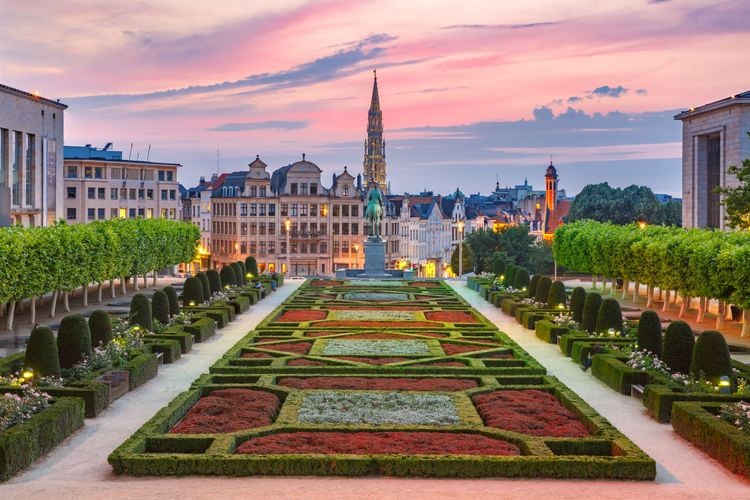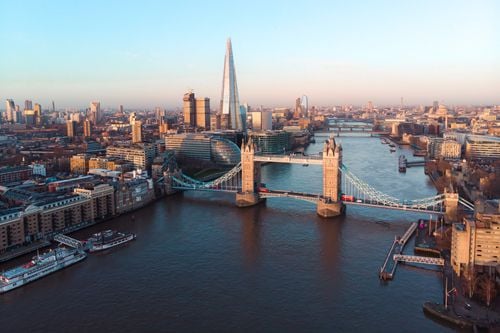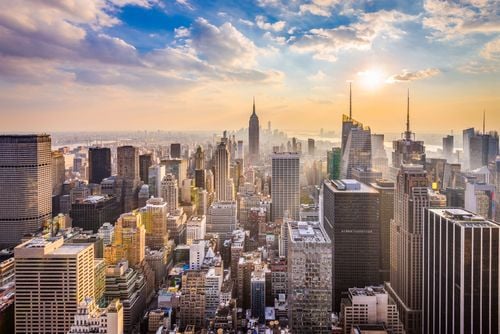Brussels' historic and popular Marolles district, located in the city centre, is one of the Belgian capital's most prized jewels. With its picturesque cobbled streets, vintage shops, lively flea markets and authentic bars, the Marolles is a veritable ode to the city's culture and history. But the district is also and above all famous for its authentic flea market, which takes over the Place du Jeu de Balle at dawn. Visitors and traders come to bargain for objets d'art, antique furniture and knick-knacks, while enjoying the lively atmosphere of the district.
Brussels is above all an art of living. Over the centuries, the city has been transformed into a series of very distinct districts, from the most popular to the most bourgeois. The result is an eclectic mix of art, culture, humour and architecture that is as surprising as it is spectacular. It's an eclectic mix that makes Brussels what it is: a great place to live. But the city's most emblematic district, where the real Brusseleer is still spoken and the art of zwanze is still very much alive, is none other than Les Marolles. This historic and popular district is full of hidden treasures and surprises. With its cobbled streets, vintage shops, flea markets and authentic bars, this picturesque district is a real trip back in time. Come and explore the secrets of Les Marolles and discover the very essence of Brussels.
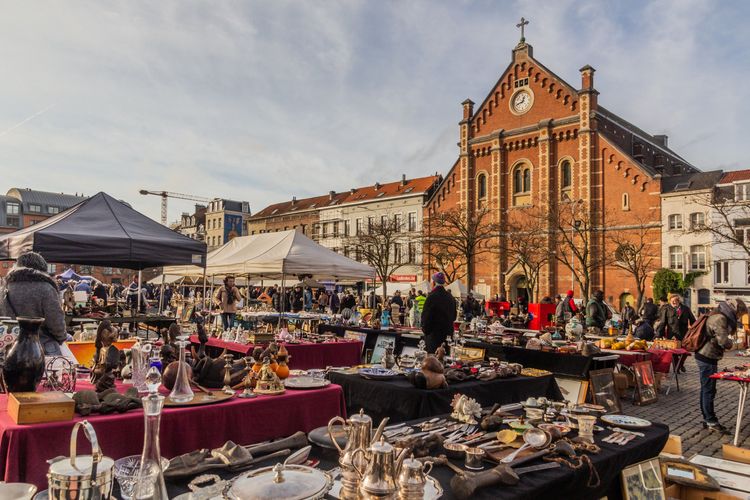
🚆 Your journey to Brussels by train
Discover the picturesque Belgian capitalWhere to stay in the Marolles district
⭐ La Maison Haute guest house
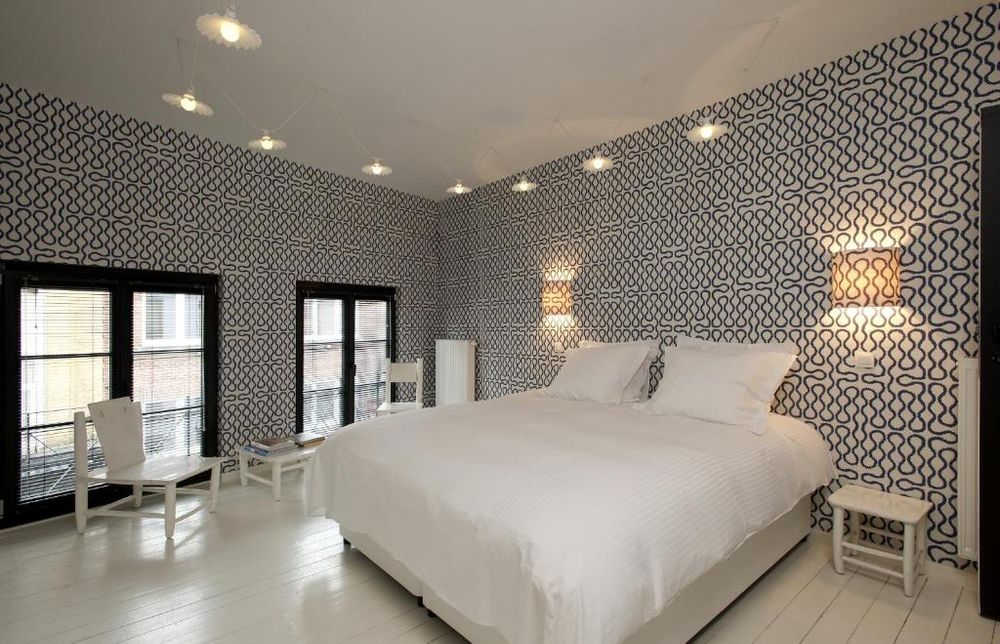 Brussels
Brussels
La Maison Haute guest house
La Maison Haute is located in the heart of historic Brussels, 950 metres from the Grand Place, the Manneken-Pis statue and the city's shopping district.History of the area
Although the district has no administrative existence, it is in Les Marolles that you will hear the true and authentic Brusseleer, a language that spread among the city's working classes following the creation of Belgium. Indeed, when the flat country was founded in 1830 as a buffer state between France and the Netherlands, only French was established as the country's official language. Yet many people don't speak it at all. Brabant, a Germanic dialect of Dutch, is spoken in Holland, in the provinces of Antwerp and Flemish Brabant. French, on the other hand, is mainly spoken by the kingdom's noblest classes. Even among the Flemish bourgeoisie. But Brabant was gradually spreading to the most working classes in Belgium.
The result was the gradual emergence of Brusseleer, a mixture of Brabant and French. This dialect combines Germanic syntax with French expressions and vocabulary. Gradually, however, as French became compulsory at school, Brusseleer began to disappear. However, many Belgians still use dialectical expressions in their everyday language. In the course of a conversation between inhabitants of Brussels, you will inevitably hear talk of the national drache (rain), or of a pei who left in stoemelinks (a man who left in secret).
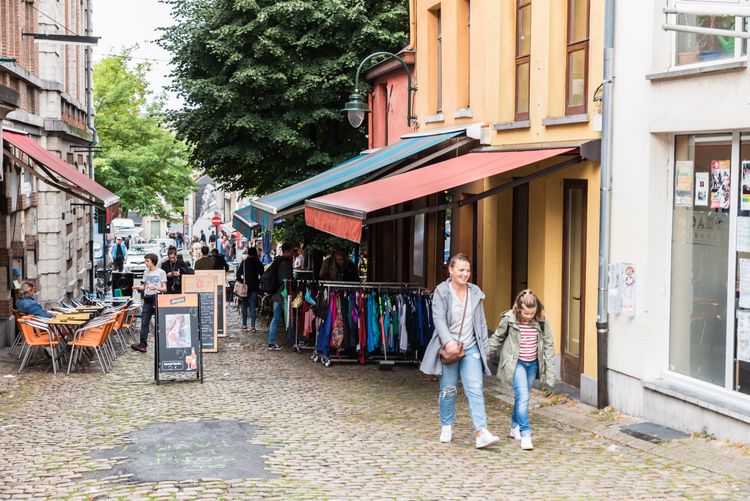
Les Marolles
- © Werner Lerooy / ShutterstockAs you will have gathered, a stroll through the old Marolles district is like immersing yourself in authentic Brussels. Its origins date back to medieval times. It has always been home to the city's most humble residents. But first and foremost, it is a place with a deep sense of freedom. The etymology of the term Marolles is vague and debated. But according to one of the most likely versions, it comes from the name of the nuns who came to the aid of the district's prostitutes, who were nicknamed "les Maricolles", changing to "Marolles" over the years.
Originally, the district was where the undesirables were crammed together, those who were not welcome in the upmarket districts. Today, however, the district is resolutely seen as a place for artists, craftspeople, second-hand goods and flea markets. Unfortunately, some areas of the district are becoming gentrified, attracting a new social class. Nevertheless, Les Marolles remains one of the most popular districts in Brussels, with its mix of bars, second-hand goods dealers, migrants and artists, creating the beautiful brol (bazaar) of Brussels.

Place du jeu de Balles
- © Christian Mueller / ShutterstockThe atmosphere in Les Marolles is incomparable. Stretching from the Gare du Midi to the Palais de Justice. A maze of cobbled streets awaits you. Near the Gare de le Chapelle, you'll find walls full of graffiti, and numerous art associations, galleries and urban projects have taken up residence in the district. But the epicentre of Les Marolles is above all the Place du Jeu de Balle. A veritable Alibaba's cave, come and hunt for some real wonders at the city's most famous flea market. Every day from 6am to 2pm, antique dealers gather in the square to sell their treasures. This is surely where the word brol comes into its own. And if you're keen on second-hand goods, the district is also renowned for its second-hand shops. Vintages seventies, Melting Pot kilo, and Les petits riens, are just some of the shops where bargain hunters will find what they're looking for.
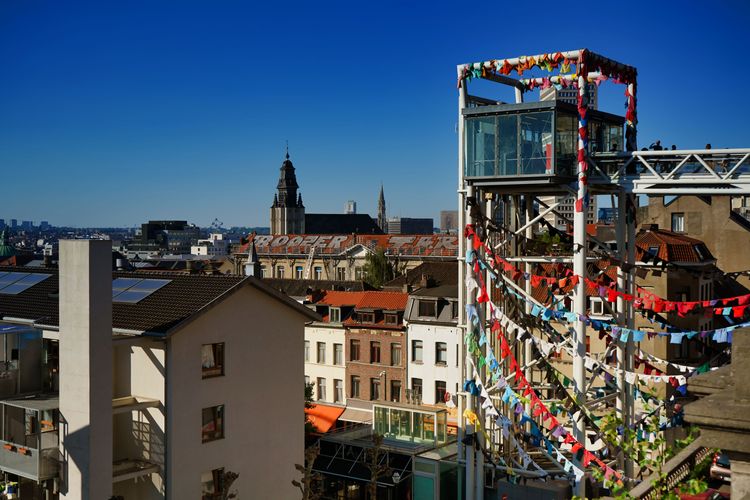
The Marolles elevator to the Palais de Justice
- © KURLIN_CAfE / ShutterstockAn afternoon in the Marolles district means strolling along cobbled streets steeped in history, admiring art nouveau and art deco architecture mixed with graffiti and art galleries. It's a chance to pick out the really beautiful things at the famous Jeu de Balle flea market, and stroll through the second-hand shops. Take the time to stop off at a typical estaminet or restaurant, such as La Brocante, on the jeu de Balles, where you'll find authentic Belgian dishes and excellent beers.
Finally, end the day by heading to the city's most beautiful spot to admire the sunset. Take the Marolles lift up to the Palais de Justice and make your way to Place Poelaert, which overlooks the lower part of the city (and the Marolles). From up there, you'll have a breathtaking view of the Atomium, the Town Hall, the Koekelberg Basilica and the Midi Tower. As the sun sets over the city, it's a popular spot for Brussels residents to admire the spectacle. It's also the venue for many an urban aperitif in summer!
Practical information
🚌 Transport: the district is served by buses 33, N06, N08, N09, N10 and trams 92 and 93 to the Kleine Zavel stop.
